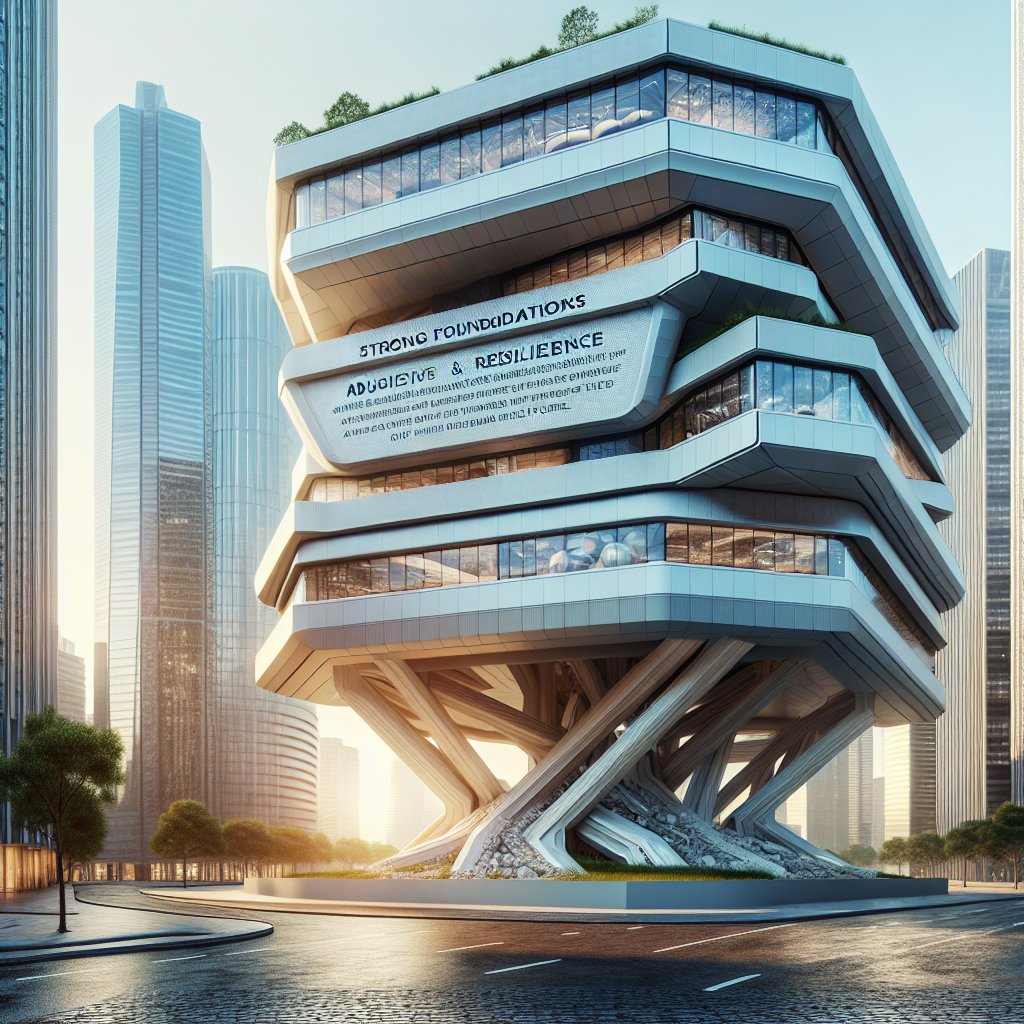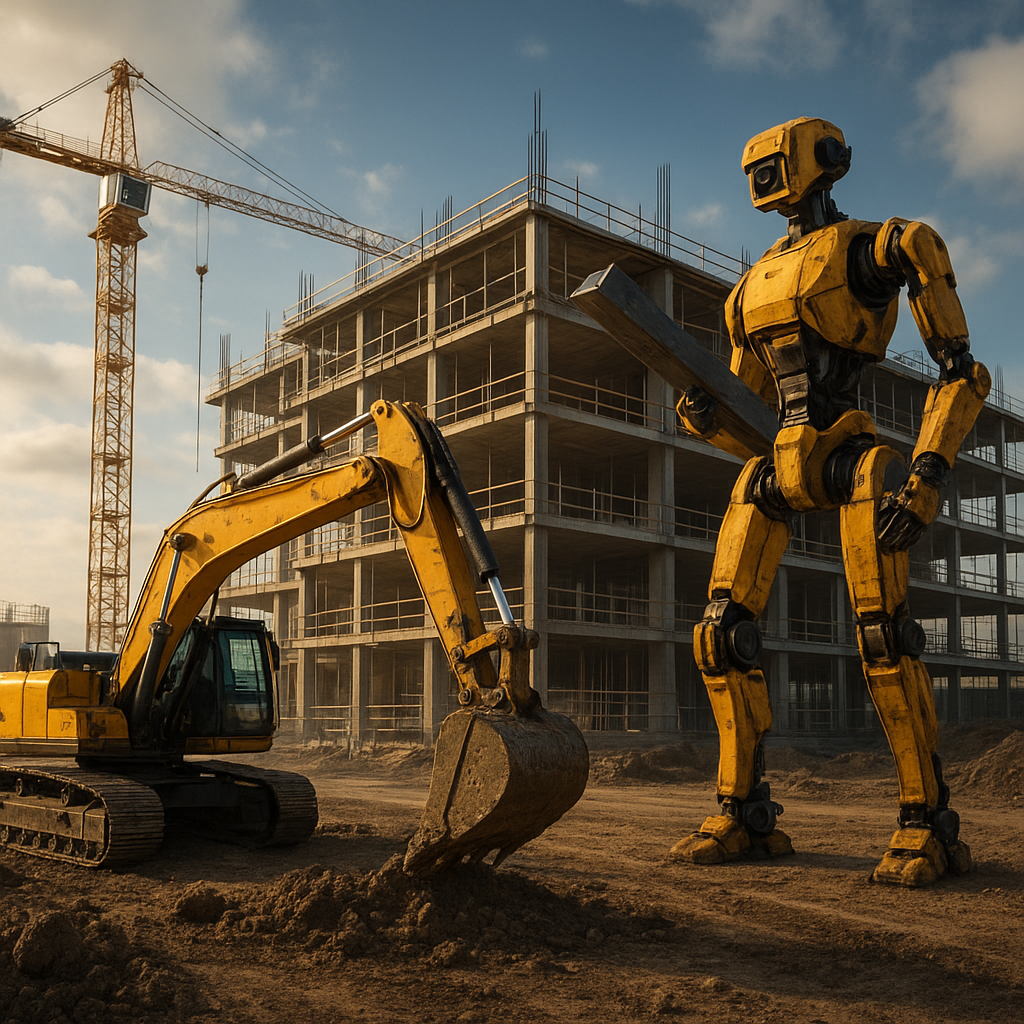In an era where climate change and natural disasters are becoming increasingly prevalent, architects are at the forefront of designing resilient structures that can withstand these challenges. The field of futuristic architecture is evolving rapidly, with innovative designs and materials that not only aim to protect but also to thrive in the face of adversity. This article explores how architects are preparing for natural disasters through cutting-edge design and technology.
Understanding the Need for Resilient Architecture
The frequency and intensity of natural disasters such as hurricanes, earthquakes, floods, and wildfires have been on the rise, prompting a reevaluation of traditional architectural practices. The need for resilient architecture is not just about survival; it’s about creating buildings that can adapt and continue to function during and after a disaster. This shift in focus is driving architects to explore new materials, technologies, and design philosophies that prioritize resilience.
Resilient architecture involves a holistic approach that considers the entire lifecycle of a building, from design and construction to operation and maintenance. Architects are increasingly incorporating sustainability and resilience into their designs, ensuring that buildings are not only environmentally friendly but also capable of withstanding extreme weather events. This approach is essential for protecting both human lives and investments in infrastructure.
Innovative Materials and Technologies
One of the key aspects of designing for resilience is the use of innovative materials and technologies. Architects are experimenting with materials that offer enhanced durability and flexibility, such as high-performance concrete, cross-laminated timber, and advanced composites. These materials are designed to absorb and dissipate energy, reducing the impact of natural forces on the structure.
In addition to materials, technology plays a crucial role in resilient architecture. Smart building systems equipped with sensors and automation can monitor structural integrity and environmental conditions in real-time, allowing for proactive maintenance and rapid response in the event of a disaster. These systems can also optimize energy use and improve the overall efficiency of the building, contributing to its sustainability.
Design Strategies for Resilience
Architects are employing a variety of design strategies to enhance the resilience of buildings. One such strategy is modular design, which allows for flexibility and adaptability. Modular buildings can be easily reconfigured or expanded, making them ideal for areas prone to natural disasters. This approach also facilitates faster construction and reduces waste, aligning with sustainable building practices.
Another important design strategy is the integration of green infrastructure, such as green roofs, rain gardens, and permeable pavements. These features help manage stormwater, reduce heat island effects, and improve air quality, all of which contribute to the resilience of urban environments. By incorporating nature into the built environment, architects can create spaces that are not only resilient but also enhance the well-being of occupants.
Case Studies: Resilient Buildings in Action
Several projects around the world exemplify the principles of resilient architecture. For instance, the Bosco Verticale in Milan, Italy, is a pair of residential towers that incorporate over 900 trees and 5,000 shrubs, providing natural insulation and improving air quality. This project demonstrates how integrating vegetation into building design can enhance resilience and sustainability.
Another notable example is the Bullitt Center in Seattle, USA, often referred to as the “greenest commercial building in the world.” The building features a range of sustainable technologies, including solar panels, rainwater harvesting, and a composting toilet system. Its design prioritizes energy efficiency and resilience, making it a model for future commercial buildings.
The Future of Resilient Architecture
As the impacts of climate change continue to unfold, the demand for resilient architecture will only grow. Architects will need to push the boundaries of design and technology to create buildings that can withstand the challenges of the future. This will require collaboration across disciplines, as well as a commitment to innovation and sustainability.
The future of resilient architecture lies in the ability to anticipate and adapt to changing conditions. By embracing new materials, technologies, and design strategies, architects can create buildings that not only survive but thrive in the face of natural disasters. This proactive approach will be essential for ensuring the safety and well-being of communities around the world.
In conclusion, designing for resilience is a critical aspect of futuristic architecture. As architects continue to explore new ways to prepare for natural disasters, they are paving the way for a more sustainable and resilient built environment. Through innovative design and technology, the architecture of the future will be equipped to meet the challenges of a changing world.










